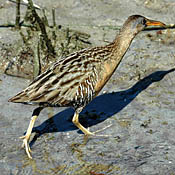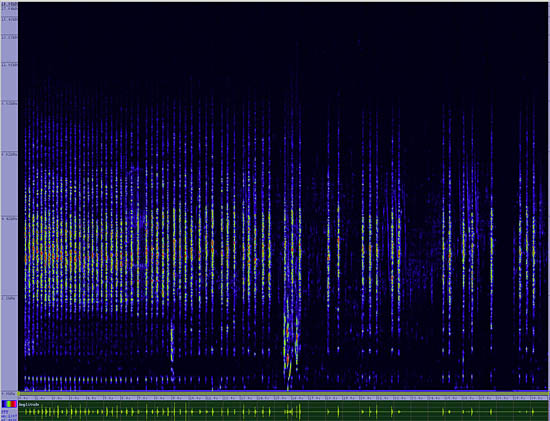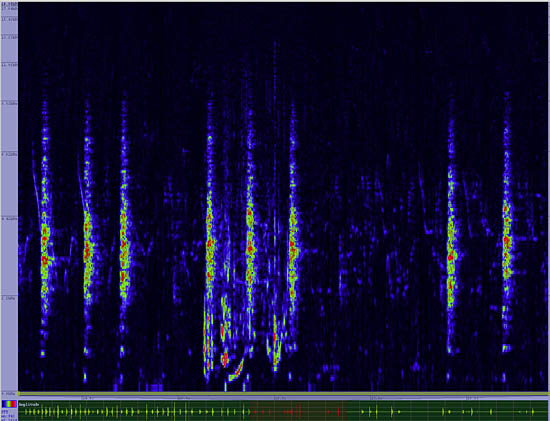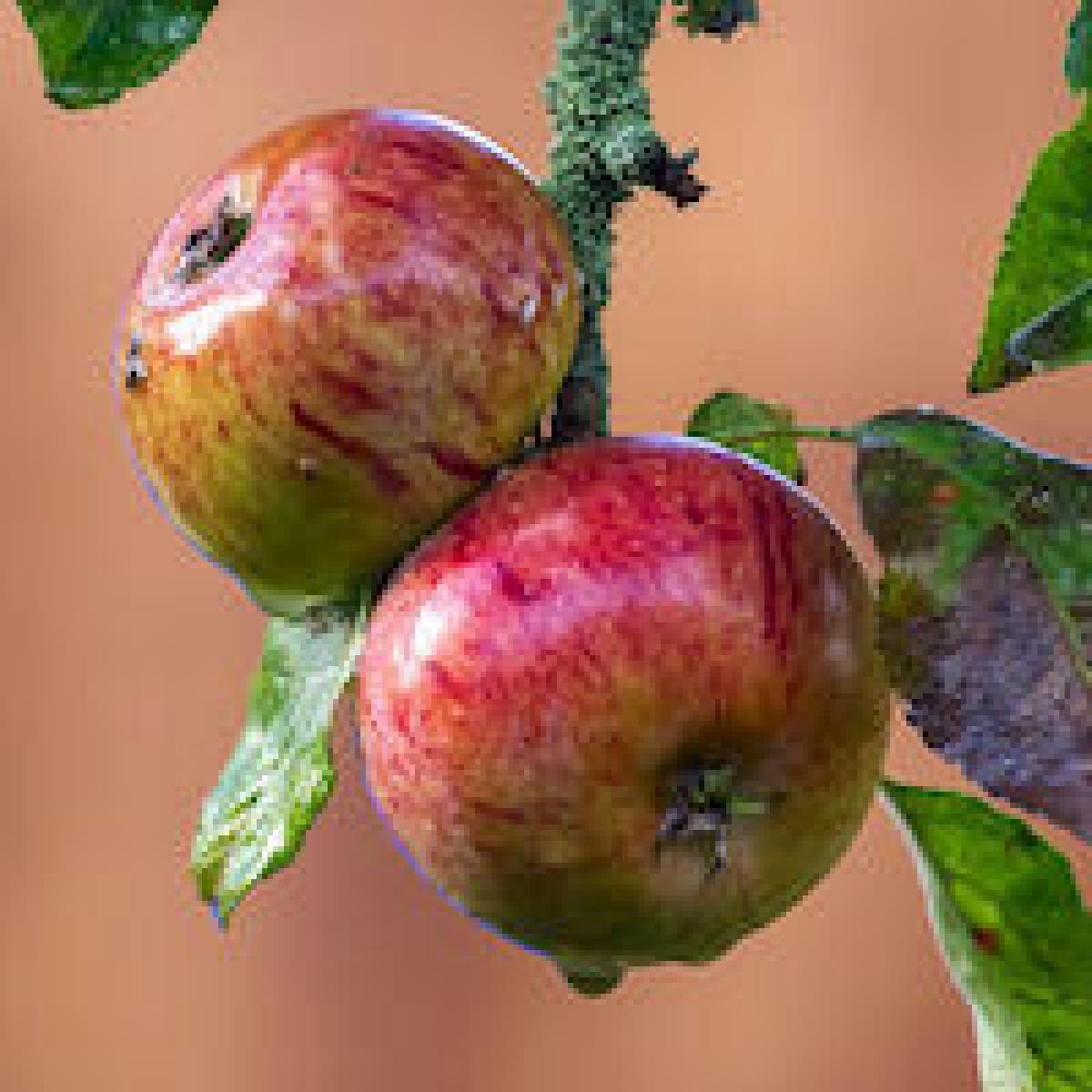Clapper Rail
Rallus longirostris

Chicken Like Marsh Bird

Length: 15 in. (37 cm )
Limited to salt and brackish marshes along the coast, only in the desert southwest does the Clapper Rail occur in freshwater marshes. Early in the morning and late in the afternoon, these large rails often will emerge from the dense aquatic vegetation and walk boldly along the water\'s edge with the short tail pointed up. One of the best times to see this skulking species is at exceptionally high tides when individuals are forced out into the open by the inundation. The basket-like nest is made of aquatic plants and placed on a bank under vegetation or a bash in or at the edge of the marsh. Their food is made up of invertebrates, frogs and some seeds.
The four-digit banding code is CLRA.
Bibliographic details:
- Article: Clapper Rail
- Author(s): Dr. Biology
- Publisher: Arizona State University School of Life Sciences Ask A Biologist
- Site name: ASU - Ask A Biologist
- Date published: 13 Jul, 2017
- Date accessed: 17 August, 2025
- Link: https://askabiologist.asu.edu/activities/bird/clapper-rail
APA Style
Dr. Biology. (Thu, 07/13/2017 - 15:36). Clapper Rail. ASU - Ask A Biologist. Retrieved from https://askabiologist.asu.edu/activities/bird/clapper-rail
Chicago Manual of Style
Dr. Biology. "Clapper Rail". ASU - Ask A Biologist. 13 Jul 2017. https://askabiologist.asu.edu/activities/bird/clapper-rail
MLA 2017 Style
Dr. Biology. "Clapper Rail". ASU - Ask A Biologist. 13 Jul 2017. ASU - Ask A Biologist, Web. https://askabiologist.asu.edu/activities/bird/clapper-rail
Be Part of
Ask A Biologist
By volunteering, or simply sending us feedback on the site. Scientists, teachers, writers, illustrators, and translators are all important to the program. If you are interested in helping with the website we have a Volunteers page to get the process started.









